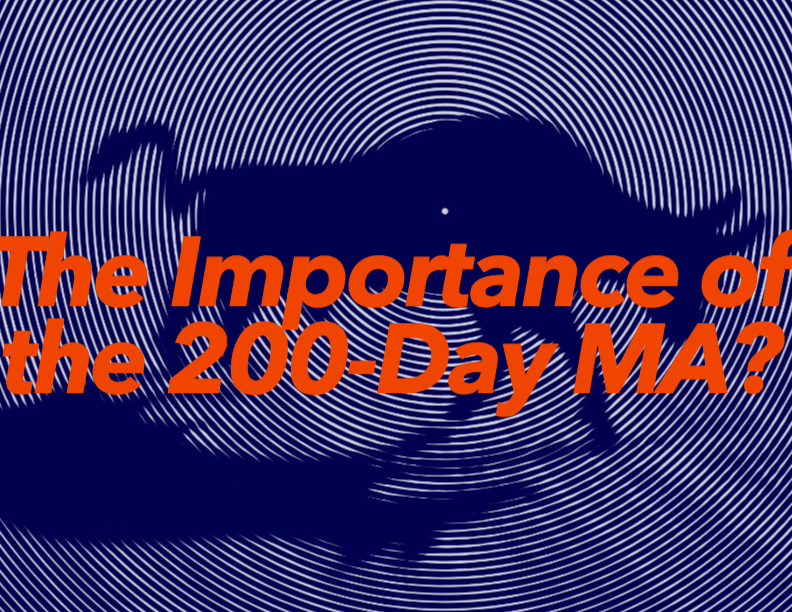The Ironic Triumph
by Tom Brakke, Research Puzzle
Charles Ellis has witnessed, chronicled, and helped to shape the modern asset management industry. He has been a leader of the investment profession for decades and has authored a number of classic works on the business.
In recent years, Ellis has written a number of notable essays for the Financial Analyst Journal, the latest of which, “The Rise and Fall of Performance Investing,” is required reading for asset owners, asset managers, consultants, and advisors.
is required reading for asset owners, asset managers, consultants, and advisors.
It is, first of all, a tidy summary of the rise of performance investing over the last half century. A combination of innovation, demographics, government action, technology development, and globalization drove tremendous growth in the business of managing other people’s money — and built vast fortunes for those who rode the wave and reaped the fees. As a result, the business became a magnet for talented people, who have been aided by “extraordinary new data-gathering and data-processing tools,” all resulting in “an increasingly expert and successful (or ‘efficient’) price discovery mechanism.”
But the title of the piece heralds not just a rise but a fall to come, which will surprise those most involved, “who do not yet recognize a seismic change in their profession.” For, as with the economic forces of other industries that are studied, tracked, and capitalized upon by investment professionals, “The dynamics that produced the rise of active investing to prominence also carried the seeds of its inevitable peaking, to be followed by an increasingly recognizable decline — first in the benefits accruing to clients and then in benefits to practitioners.”
Ellis deals with the odd fee design of the industry (“fees are quietly and automatically deducted by the investment managers and, by custom, are stated not in dollars but as a percentage of assets”) and the fact that when looked at in a proper light, the managers are taking an extraordinary amount of the incremental returns for themselves. (After all, he notes, the investors already have the assets; they’re looking for the returns. With most managers underperforming, “their incremental fees are over 100% of long-term incremental, risk-adjusted returns.”)
For decades, Ellis has warned about the difficulties of choosing the best investment managers (in advance); “manager selection” sounds great, but the body of evidence shows that even those with vast human and financial resources usually fail to add value in the process. And it has gotten more difficult: “As the skills of competitors converge, luck becomes increasingly important in determining the increasingly meaningless performance rankings of investment managers.” Yet, publications still trumpet those rankings of recent performance, consultants and advisors still assert their choices of the “best” managers (without caveats), and asset owners buy tickets to the performance derby.
The statistical noise of performance is woven into narratives that sound compelling, but it’s “the triumph of hope over experience.” Despite the evidence that performance doesn’t persist (except for the highest-fee managers, who tend to hang out at the bottom of the distribution a lot of the time) and is mostly defined by randomness, institutional clients expect their selections of active managers will “outperform annually, after fees, by a cool 100 bps.”
Ellis returns to themes he has explored before, including the clash between the investment business and the investment profession (the former having mostly trumped the latter, to our detriment) and the need for professionals to move the focus from the unwinnable game of “price discovery” to the admirable and important process of “value discovery” — understanding a client’s true objectives and designing a realistic, thoughtful, and honest strategy for meeting them.
“The ironic triumph of active performance investors,” says Ellis, is that as a group they have reduced the opportunity to do what they have promised to do. When will the industry recognize the change in the landscape? How quickly could “the double whammy of fee compression for active investing” and a continued move to indexation “depress the economics of the investment business and the income of individual practitioners”?
As regular readers know, Ellis’ observations about the industry resonate with me; the investment business is facing a critical juncture. I think there will be room for those with active approaches marked by true differentiation, but that’s not the bread and butter of the industry. (Ellis says that such innovators can be found, but that they can’t “accommodate more than a modest fraction of institutional demand.”) Strategies that don’t just “get the market” are worthy of pursuit — if they are thoughtfully conceived and appropriately priced.
are worthy of pursuit — if they are thoughtfully conceived and appropriately priced.
You do not need to agree with the article to benefit from it — it is “required reading” because it questions the very nature of today’s investment industry and warns of the possibility of tumultuous change in the years to come. No matter your place in the investment ecosystem, it demands your attention and your response. Not bad for ten pages.
Copyright © Research Puzzle














